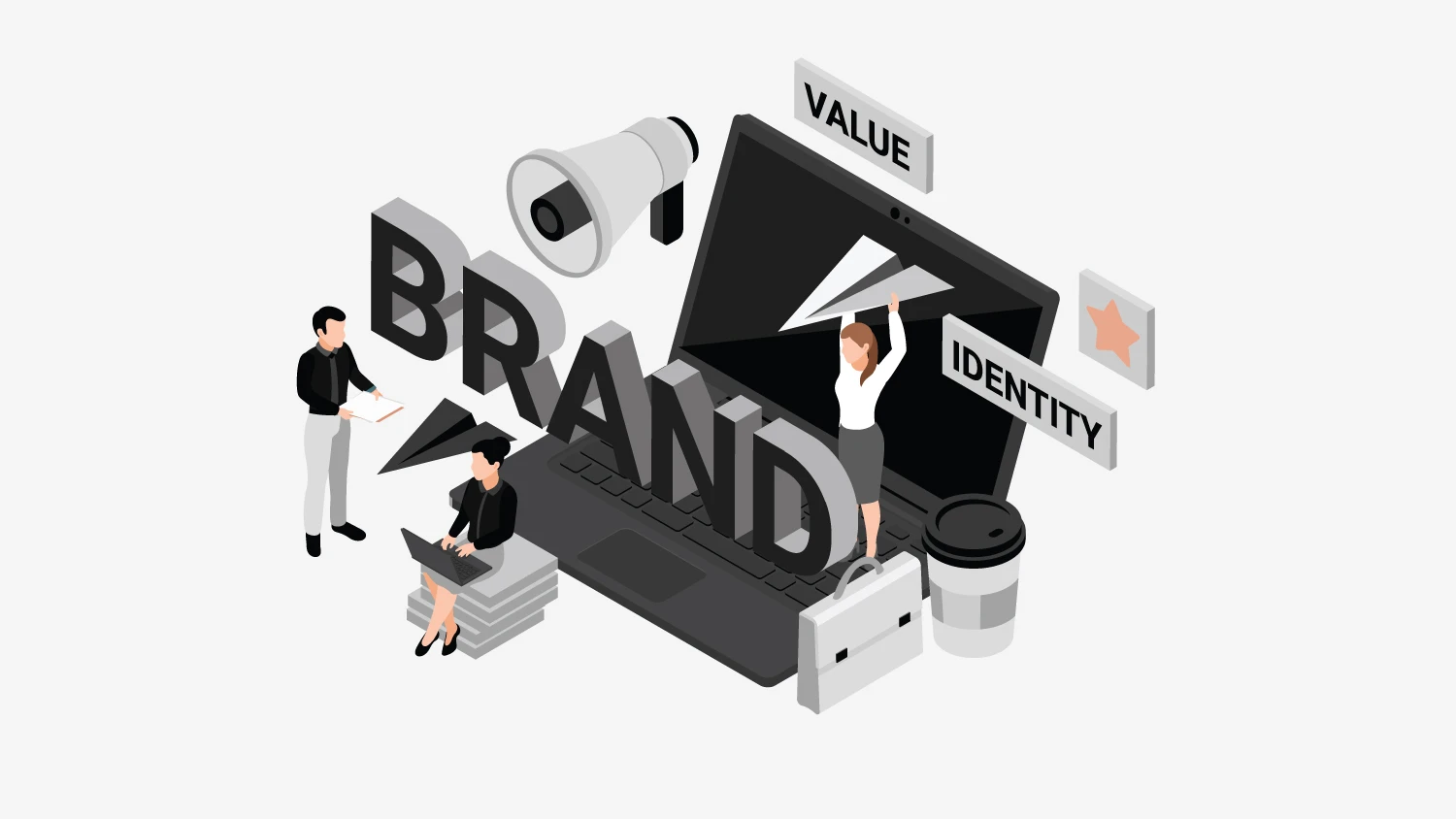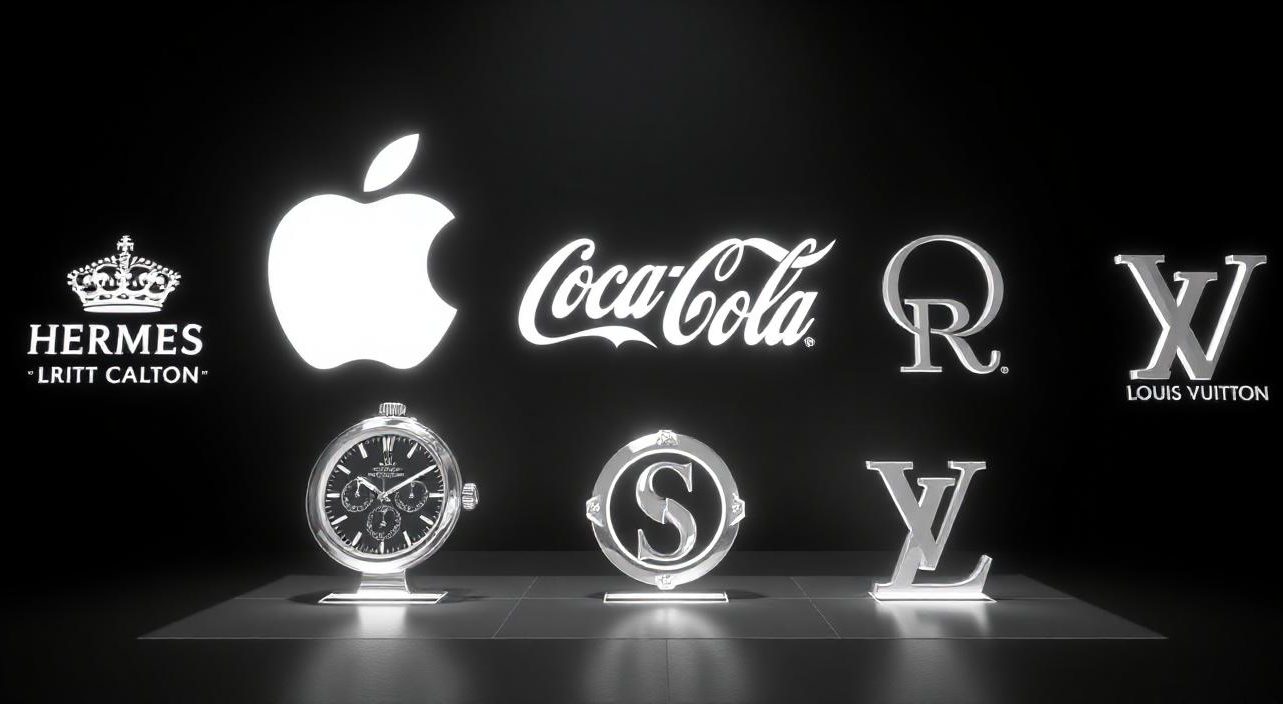The Vital Role of Branding in Business from Identity to Success
Nowadays, in the fast-moving world, a perfect product is just not enough anymore. Something extra is needed to distinguish your product from others. This “extra” is nothing but branding. The importance of branding for business success lies in how it sets your business apart and builds trust with your audience.
But why is branding so important for business success? Let’s take a look.
Branding Fuels Business Growth
Branding creates a bond between you and your viewership. It is the tool which can display your respect for the human character and your aim, and, above all, the primary means by which you can establish trust. People will be loyal to a brand they trust. In fact, companies with consistently high branding have been observed to experience up to 23% growth in their revenue.
Setting Your Business Apart from Competitors
Frankly speaking, the competition is found almost everywhere. Yet, branding plays the role of differentiation. It describes your personal story and provides individuals with the reasons to choose your brand over others. Be it luxury customers or the ordinary consumer, consistent branding is a brand that would never erase from the minds of the people.
Branding Builds Loyalty
Do you ever wonder why a twenty-thousand-long queue stands for the newest Apple product or Starbucks mugs selling so expensive? It is equally true for the product as it is for the brand.
Building Customer Loyalty Through Branding
Brands like Apple are not only selling products they are selling a feeling. The brand is the key factor that gains the customer’s trust, as they will be coming back, in fact, their loyalty may grow, and they might recommend you to other people.
Branding is the Valuable Business Asset
An established brand increases the value of your business in the long run. Whether it’s a startup or a larger corporation, branding is the means of building your reputation and growing your business.
Key Steps to Building a Strong Brand
- Define Your Purpose:
Clarify your business’s mission and how it helps customers. - Know Your Audience:
Tailor your message to meet their needs. - Create Visual Consistency:
Ensure your logo, colors, and website reflect a cohesive brand. - Focus on Customer Experience:
Every touchpoint should reinforce your brand’s identity.
Conclusion: Elevate Your Business with Strong Branding
The importance of branding for business success goes beyond just a marketing tool—it’s the foundation of your business’s success. By investing in a strong brand identity, you’ll build loyalty, stand out from the competition, and drive growth.
Ready to transform your brand? Contact Pixtar today to unlock the power of branding for your business.

















